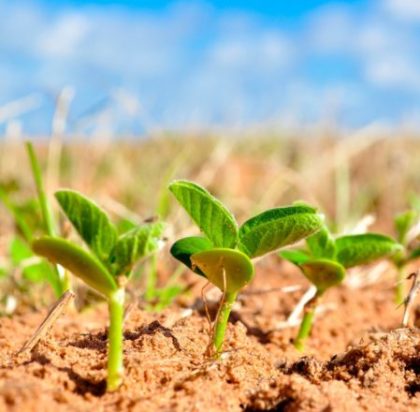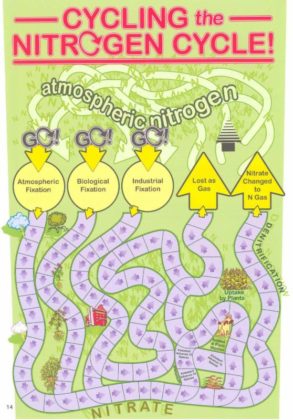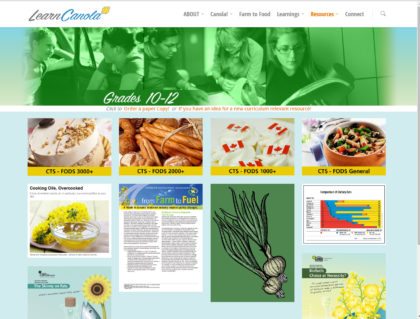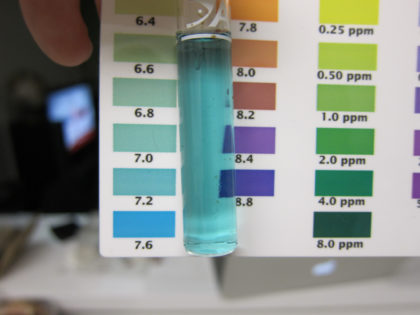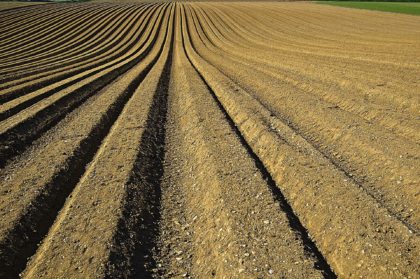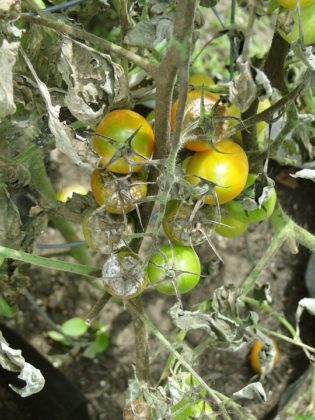Do People Waste Food?
It’s important for students to understand why resources are important. Take some time to help your students understand the risks of food security as we strive to feed a growing population. There are food security risks in all parts of the world, and there is one prominent threat that we all contribute to—food waste.




